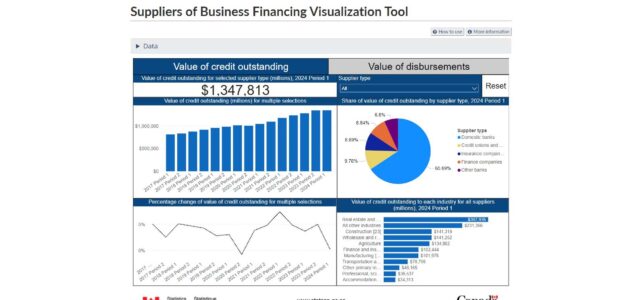Latest Articles / Blog
Toronto at Home: Building on Shifting Ground
8 July 2025
A four-part series that explores the evolution of housing in Toronto, unpacking its history, its current challenges, and potential pathways forward.
A Note on Job Posting Data
26 June 2025
TWIG’s JobsTO relies on job posting information scraped from a variety of internet sites. It is then processed and “massaged” to produce information about the…
The Lab Lifeline: Toronto Needs More Medical Technologists
12 June 2025
Every time you or a loved one gets a blood test, cancer screening, or other lab work, a Medical Laboratory Technologist (MLT) is working behind…
June Labour Lowdown: Toronto’s Labour Market Better than Expected
10 June 2025
Unemployment Up Amid Higher Participation Toronto’s labour market sent mixed signals in May 2025, reflecting early uncertainty stemming from the recent implementation of U.S. tariffs.…
Business Licenses as an Early Indicator of Future Jobs
16 May 2025
Business licenses can serve as a leading indicator of future employment trends, providing insight into economic activity before jobs are officially created. When new businesses…
May Labour Lowdown: Toronto’s Labour Market at a Crossroad.
16 May 2025
Despite broader economic turbulence, employment data from both the Labour Force Survey and Jobs TO were moderately positive. Toronto’s unemployment rate edged down slightly to…
Stats Canada Data Visualizations
14 April 2025
By simplifying large datasets and making trends visible at a glance, data visualizations allow EO service providers to tailor supports and programming more effectively.
April Labour Lowdown. Toronto’s Labour Market Uncertainty Persists
10 April 2025
In March 2025, Toronto’s labour market demonstrated signs of continued economic stress, reflecting broader economic conditions influenced by ongoing international trade tensions and recently imposed…
Navigating Life’s Surprises: How Toronto’s Insurance Industry Supports Us All
28 March 2025
Picture this: a long-awaited family vacation from Toronto to the sunny shores of Mexico, complete with a toddler eager to splash around. Everything was perfect…
JobsTO Labour Lowdown March 2025
12 March 2025
Potential Tariffs Take Their Toll Toronto’s labour market is showing clear signs of strain as economic pressures continue to weigh on employment opportunities. As of…
Unlocking the Promise of Affordable Child Care in Toronto: Insights from TWIG’s Report
24 February 2025
The Canada-Wide Early Learning and Child Care (CWELCC) agreement’s latest fee reductions beginning 2025, capping daily fees at $22 for children under six reflect a…
JobsTO Labour Lowdown February 2025
11 February 2025
In January 2025, Toronto’s labour market surprised economists by exhibiting positive momentum, and aligning with provincial and national employment trends. Analysts had been expecting the…







